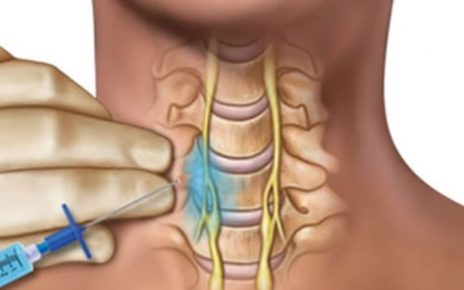Dr NT Cheung has been the Chief Medical Informatics Officer (CMIO) of Hong Kong’s Hospital Authority (HA) for the past 26 years. The HA is a statutory body established under the Hospital Authority Ordinance in 1990 and has been responsible for managing Hong Kong’s public hospitals’ services since December 1991.
As the CMIO, Dr Cheung has been key in driving the IT transformation of the organisation from one which began with a very rudimentary use of IT in the 1990s to one which is able to continuously roll out new initiatives, very quickly and at a high degree of standardisation not just to improve the work processes of clinicians, but ultimately for the benefit of patients under their care.
“Looking forward on healthcare – the pressures on healthcare, which all of us share in any advanced economy now, it’s the same, which is that people live longer, you have more chronic disease, you have more demands, and healthcare people expect more and your healthcare manpower is not growing at the same pace.
You can’t just keep on doing more and more healthcare in the old way, you have to change the way that you are doing it – you have to change your service models, you have to add significant amounts of automation to this very labour-intensive sector of the industry. And so again, that’s what health IT is able to deliver. And there are very few other options to be honest. So it’s becoming an increasingly important part of getting us into a more sustainable model for the whole healthcare in the future,” Dr Cheung explained.
HA’s Clinical Management System (CMS) – 1990s till present
Currently in its fourth generation, the CMS at HA started off modestly in the 1990s with convincing the frontline to start using these tools with a very basic digitalisation of hospital wards. By the year 2000, the second phase of development for CMS began when HA linked together the various hospitals, as well as linking the outpatient and inpatient records together. More tools were also built to support the healthcare process with features such as order entry and rudimentary forms of decision support.
Phase three of the CMS was about rebuilding the entire platform to a more modern one which allowed for a much greater integration/standardisation across the board. “So from CMS two, we had this integrated electronic record but in terms of functionality and functional modules, they were all pretty much stovepipes and they would then contribute data into the central repository but they were separate stovepipes. So CMS three was trying to build it as a platform using the then newest technology of putting the applications on the server side rather than the client side of approach, and then build that platform using a more modern Java-based platform,” Dr Cheung said.
The fourth phase of development of the CMS has a ring to it – with a slogan called the 5Ps approach:
- Paperless – Dr Cheung shared that the HA has hit an inflection point where in many cases, the paper workflows are now going to be more cumbersome than the digital workflows that they can now design,
- Protocol-based – introducing clinical intelligence from people, guidelines, websites, books into the CMS
- Closed looP – in a very complex workflow like a high volume hospital, things get missed out, the loop does not get closed because nobody can keep track of everything all the time. Communication tools at the clinical side will be strengthened to make sure everything is followed up and the loop is closed.
- Personalised – to allow for a greater degree of personalisation for every single individual user across different hospitals, depending on their particular situation.
- Patient-centricity – a reminder that the patient is still the centre of the healthcare universe.
A unified patient app
One of the five portfolios under HA’s IT 5-Year Strategic Portfolio is Enhanced Patient Experience & Outcome, which focuses on new patient-centric service models with disruptive technology. Dr Cheung said that one of the key deliverables that HA is working on now is a unified patient app. HA has been releasing patient apps since 2011 and a portfolio of apps have been built but there are simply too many apps for patients to keep up with.
“We are building a single patient app that we call HA GO – it does several things more than the previous collection of apps. So first of all, it’s a one stop shop. So you would download the single app from HA, and then you would register as an app user once and all the apps will know who you are. Secondly, it functions as a conduit – it’s not just a collection of little apps, it is a framework for allowing your health care which is delivered in the hospital or clinic to extend out to the rest of your life when you’re in the community or at home,” he added.
The HA GO single patient app is slated to be launched this year with a modular design consisting of ‘mini apps’. For instance, diabetic care would be a mini app and the app will be pushed to the phones of diabetic patients who need it.
Source: Read Full Article



